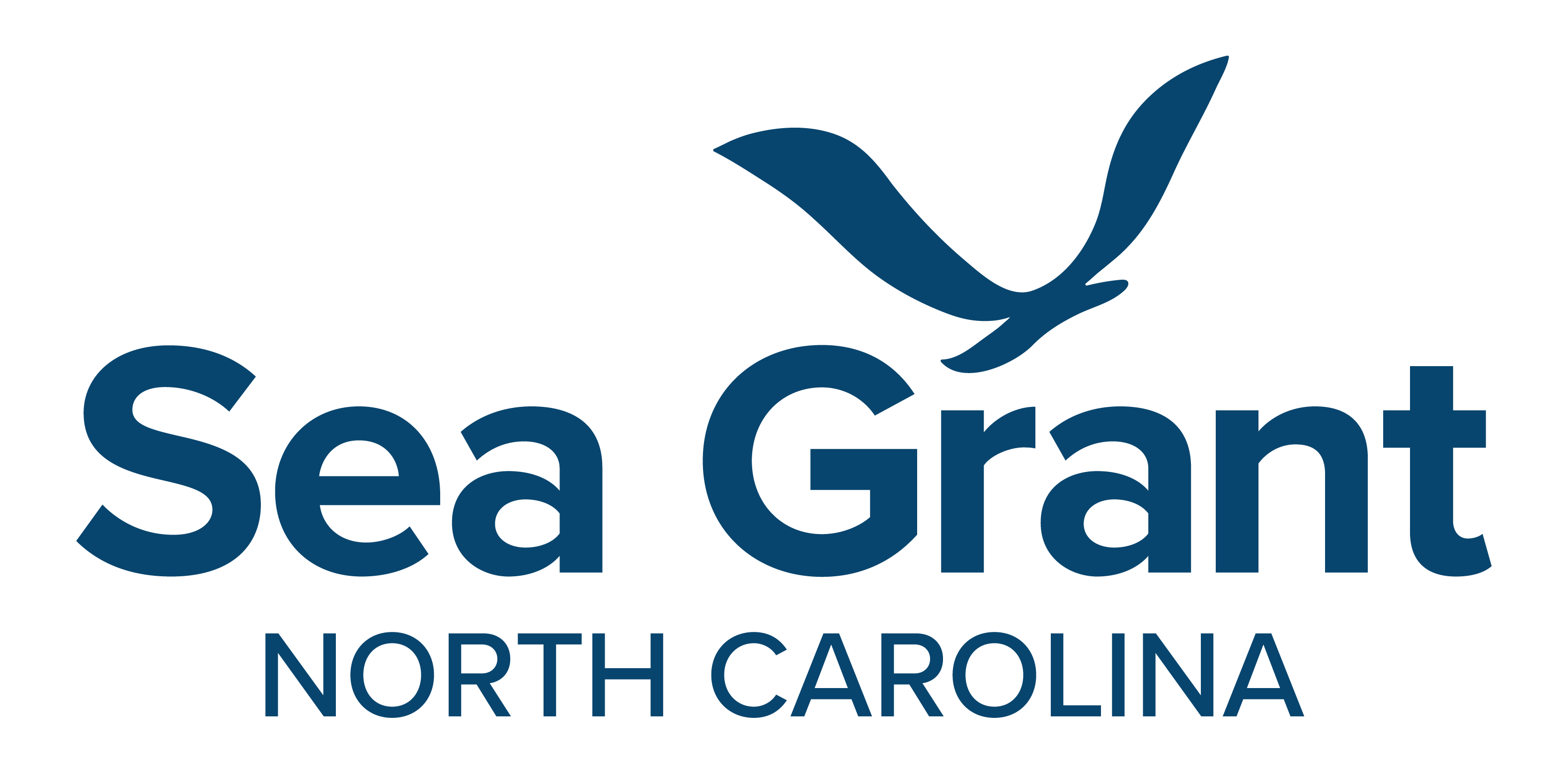Lesson 1: Introduction to Aquaculture
Objectives
By the end of this lesson, students will be able to:
- Assess their general knowledge of aquaculture.
- Recite some basic facts about aquaculture production in the United States and world.
Overview
Aquaculture, also known as underwater agriculture, is the cultivation of aquatic animals and plants. This lesson plan serves as an introduction to aquaculture and is a fun exercise for students to assess their aquaculture knowledge.
Grade Level: 9-12
Duration: 1 class period
Science Standards
EEn.2.7.3
Explain how human activities impact the biosphere.
Bio.2.2.1
Infer how human activities (including population growth, pollution, global warming, burning of fossil fuels, habitat destruction and introduction of nonnative species) may impact the environment.
Vocabulary
aquaculture: breeding, rearing and harvesting of animals and plants in all types of aquatic environments
depleted fish stocks: catches are well below historical levels, irrespective of the amount of fishing effort exerted
fully exploited fish stocks: fishery that has experienced a level of fishing effort that results in a stock at or close to an optimal yield level, with no expected room for further expansion
mariculture: cultivation of the living resources of the marine environment, including marine finfish, shellfish and plants
underexploited fish stocks: undeveloped or new fishery with significant potential for expansion in total production
moderately exploited fish stocks: fishery that has experienced a low level of fishing effort with some limited potential for expansion in total production
overexploited fish stocks: fishery that has experienced a level of fishing effort that results in a stock at or above a level thought to be sustainable in the long term, with no potential room for further expansion and a higher risk of stock depletion/collapse
recovering fish stocks: catches are again increasing after having been depleted
wild-capture fisheries: wild fish caught for commercial harvest and sale
Activity
Materials: Download and print the question and answer cards here.
There are 16 aquaculture question cards. Print and cut out as many cards as are needed for the number of students in your class. The cards will be more durable if attached to cardstock and laminated. Use tape to attach one card to each student’s back so that they cannot see their question. Alternatively, punch holes at the top corners of the cards and string them with yarn to make a card “necklace”; then place a card around each student’s necks with the card in the back.
There are six aquaculture answer cards. Print and cut out as many as are needed, and distribute one to each student.
Instruct students to walk around the classroom, silently read the questions on their peers’ backs and then provide their answers out loud (guesses are fine). Students should only state their answer and not tell their peer what the question is.
Each student should seek at least four different answers to the question on their back, writing them down. When they are done, they should sit down and try to guess what their question is, based on the answers they received.
After everyone has finished, ask each student to share their answers, then guess what question they think is written on their back. The student should then remove the question card from their back and read it out loud. Ask the student if they think any of their peers’ answers are correct, or if they have a different answer to share. After the student has guessed, tell them the true answer.
Ask for reflections on the question and answers the student shared. Was the student surprised by the true question and true answer? Did their peers answer the question correctly? Were their answers close or far off?
Questions and Answers
- What percent of the world’s fish stocks are overexploited? 17%
- Globally, what percentage of seafood is produced by aquaculture, as compared to wild harvested? 50%
- Globally, what percentage does seafood represent of animal protein consumed? 17%
- As of this decade, how many aquaculture farms are in the U.S.? 6,500 and growing!
- Which type of farmed seafood is greatest (by volume)? Finfish
- What is the largest fish (by pounds) that is farmed? Bluefin tuna
- Which country has the greatest aquaculture production (by volume)? China, with over 60% of all aquaculture produced by volume
- Name something that is farmed aquatically that is not an animal. Seaweed, such as kelp or wild celery
- Are aquaculture species only grown in naturally occurring water bodies like a lake, river or the ocean? No, species can be grown in man-made ponds or tanks as well
- One of the most commonly farmed fish in the U.S. is not native to this country. What is it? Tilapia
- Which country produces the most farmed shrimp (by volume)? Thailand
- What is the name for underwater agriculture, or the cultivation of aquatic animals and plants? Aquaculture
- In the marine environment, which type of farmed seafood is greatest (by volume)? Shellfish
- Globally, what is the number one farmed finfish (by volume)? Grass carp
- Globally, what are the top two cultivated aquatic plants? Eucheuma seaweeds and Japanese kelp
- In which country did aquaculture originate? China
References
- What is aquaculture? NOAA. https://oceanservice.noaa.gov/facts/aquaculture.html
- General situation of world fish stocks. United Nations Food and Agriculture Organization. https://www.fao.org/3/cc0461en/online/sofia/2022/status-of-fishery-resources.html
- The state of world fisheries and aquaculture. 2018. Food and Agriculture Organization of the United Nations. http://www.fao.org/3/i9540en/I9540EN.pdf
- Marine Aquaculture. 2019. North Carolina Sea Grant. https://ncseagrant.ncsu.edu/aquaculture/
